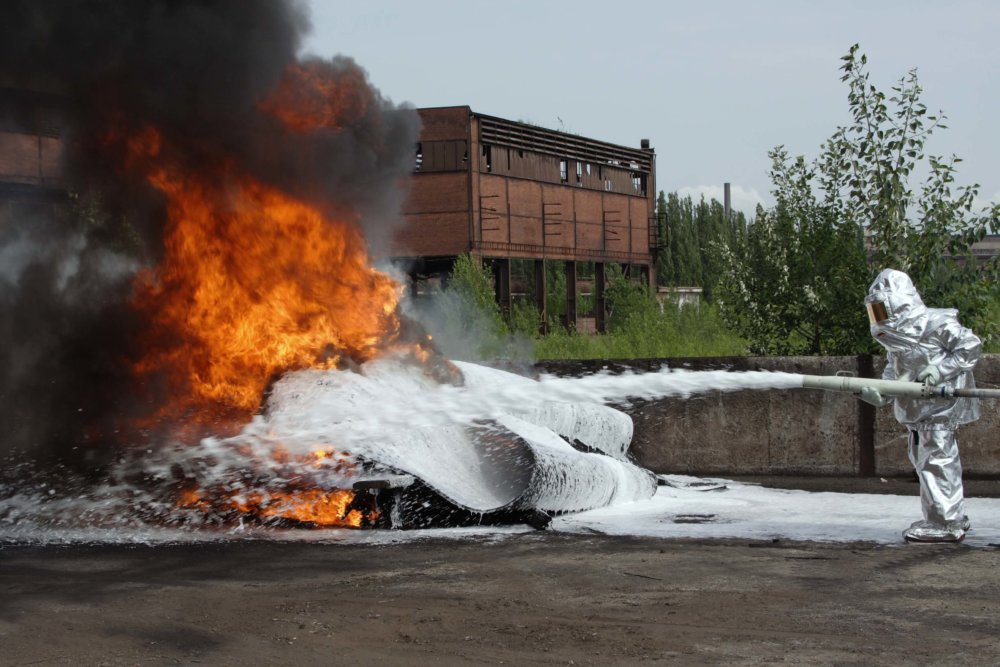
Perfluoroalkyl and polyfluoroalkyl substances, or PFAS, are synthetic chemicals found in many products, including food packaging, household cleaners, and nonstick cookware
According to the U. S. Environmental Protection Agency (EPA): Per- and polyfluoroalkyl substances (PFAS) are a group of man-made chemicals that includes PFOA, PFOS, GenX, and many other chemicals. PFAS have been manufactured and used in a variety of industries around the globe, including in the United States since the 1940s. PFOA and PFOS have been the most extensively produced and studied of these chemicals. Both chemicals are very persistent in the environment and in the human body – meaning they don’t break down and they can accumulate over time. There is evidence that exposure to PFAS can lead to adverse human health effects.
PFAS can be found in:
- Food packaged in PFAS-containing materials, processed with equipment that used PFAS, or grown in PFAS-contaminated soil or water.
- Commercial household products, including stain- and water-repellent fabrics, nonstick products (e.g., Teflon), polishes, waxes, paints, cleaning products, and fire-fighting foams (a major source of groundwater contamination at airports and military bases where firefighting training occurs).
- Workplace, including production facilities or industries (e.g., chrome plating, electronics manufacturing or oil recovery) that use PFAS.
- Drinking water, typically localized and associated with a specific facility (e.g., manufacturer, landfill, wastewater treatment plant, firefighter training facility).
- Living organisms, including fish, animals, and humans, where PFAS have the ability to build up and persist over time.
What are the concerns about PFAS?
Two classes of PFAS — PFOA and PFOS — have been extensively studied and have been linked with numerous adverse health effects in laboratory animals, according to the EPA.
According to the National Center for Biotechnology Information, PFOA has been detected in the blood of more than 98% of the population in the United States. The chemicals are mainly found in the environment around military bases and manufacturing facilities, where PFOA has seeped into local water supplies.
As of 2015, neither PFOA or PFOS chemicals are manufactured or used in the U.S., due to health and environmental concerns, according to the rules of the EPA’s stewardship program for the substances, signed in 2006. But both chemicals persist in the environment since they don’t degrade.
What are people doing about it?
In early 2019, the EPA announced its Per- and Polyfluoroalkyl Substances (PFAS) Action Plan. This includes both short- and long-term actions to help officials better understand the chemicals and clean up PFOA and PFOS chemicals from contaminated water sources. The plan also outlines how the EPA aims to work with other agencies and manufacturers to research and monitor the development of new and existing PFAS, as well as how the agency intends to provide detailed information and risk communication to the public.






